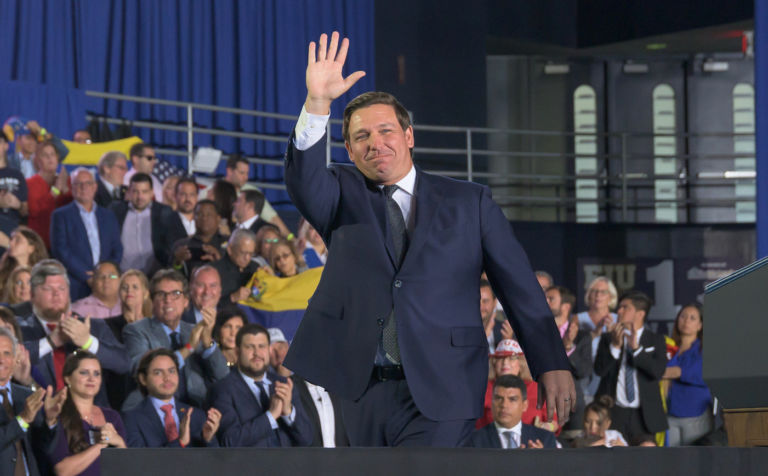Helen Raleigh writes at National Review Online that the World Health Organization should allow a Chinese neighbor to play a more important role in the COVID-19 discussion.
The World Health Organization’s World Health Assembly recently held its annual meeting. In the opening remarks, WHO’s director-general, Tedros Adhanom Ghebreyesus, called on all member states to prioritize health over geopolitical divisions, elaborating that “we are one big family.” Ironically, WHO treated Taiwan as an unwanted child by relentlessly ousting it from this “big family.”
Taiwan is less than 100 miles from mainland China. Though the island is densely populated, with 23 million people, Taiwan has had a total of only 600 cases and seven deaths so far from the COVID-19 pandemic this year. What’s even more remarkable is that Taiwan was able to contain the spread of coronavirus while managing to keep schools and businesses open. In fact, Taiwanese residents saw little disruption in their lives. For the first half of this year, while numerous other countries experienced economic recessions due to government lockdowns, Taiwan managed to grow its economy by 1.5 percent. While other countries are experiencing a second wave of the pandemic this fall, Taiwan hasn’t recorded a single new local case for the last seven months.
How did Taiwan do it? First and foremost, Taiwan took decisive action early. While Beijing and WHO were still busy downplaying the coronavirus’s human-to-human transmission risks, Taiwan took swift action as soon as it heard about the mysterious pneumonia outbreak in Wuhan. On December 31, 2019, Taiwanese health officials began to board planes and check passengers for fever and pneumonia symptoms before passengers could deplane. Taiwan also issued a travel ban on Wuhan residents as early as January 23.
Second, Taiwan used technology effectively to differentiate people’s treatments based on their risk level. For example, Taiwan launched an Entry Quarantine System on February 14. …


